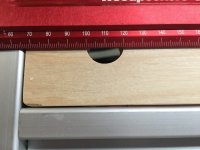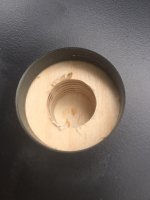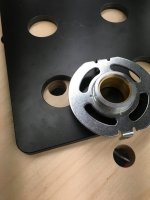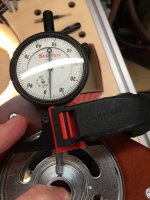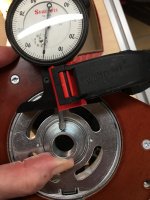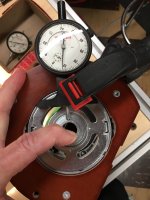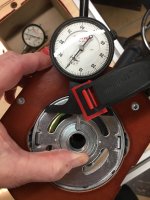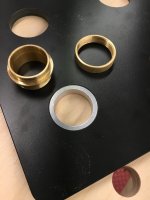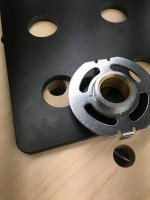Cheese said:ben_r_ said:I have the LR32 system and a brand new MFT top that could be used as a template already but have been kicking around the Parf Guide Mark II system and the Woodpeckers Hole-Boring Jig because at first it seemed like going either of those routes might be better. But now Im feeling a little more confused!
Ben, my suggestion is to forget the Woodpeckers option and go with the LR 32 as you already have everything you need.
I disagree with trying to use the LR 32 system by itself. There are far better options around now.
When I made my template using the LR 32 there was nothing else available it is all too easy to get your alignment off, I did on a couple of rows, then the benefits of the template are gone. This was in 2009http://festoolownersgroup.com/member-projects/20mm-hole-on-a-96mm-grid-system-(mft-top-style)/msg78004/#msg78004
Far better options are; CNC, Parfguide and possibly (I haven't used mine yet) the DominoFix.
There is a discussion athttp://festoolownersgroup.com/festo...ents/dominofix-in-canada/msg559291/#msg559291
My conclusion is that assuming the DominoFix works as advertised it's the best for making a full hole top.
If you don't need the complete set of holes the Parfguide is far more versatile than anything else.
The LR 32 can make the grid but it's very much more difficult to get it mm perfect.
You can use an MFT top as a template but you are almost certainly going to create wear damage to it very quickly.

